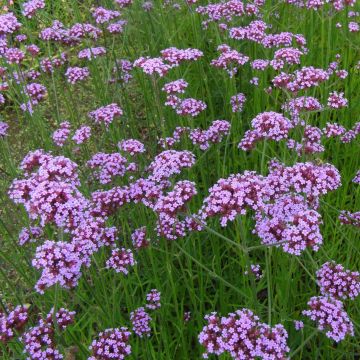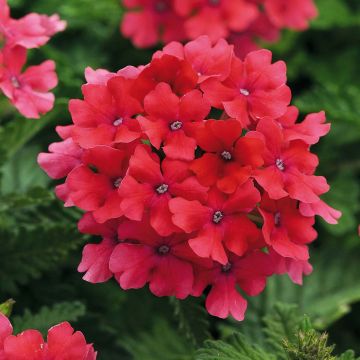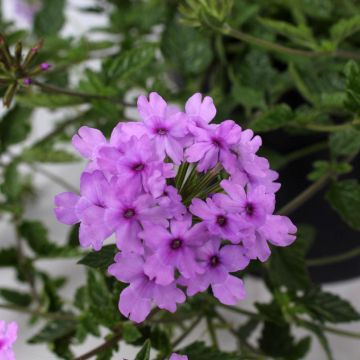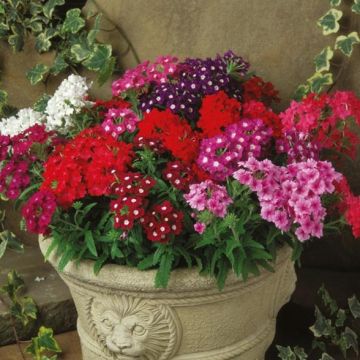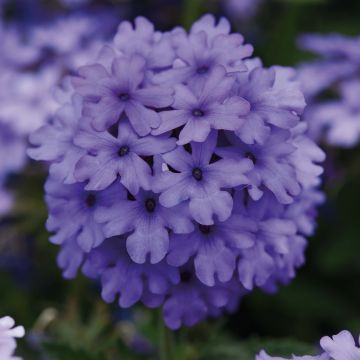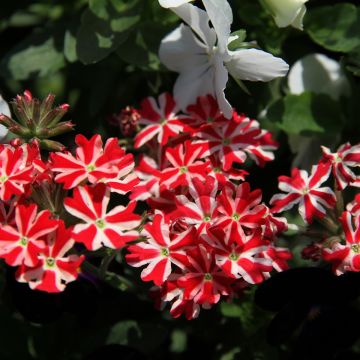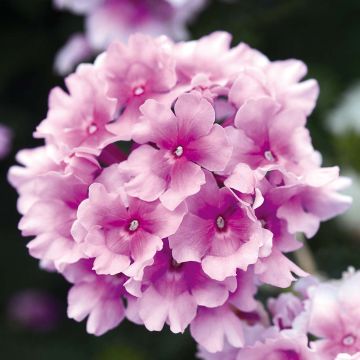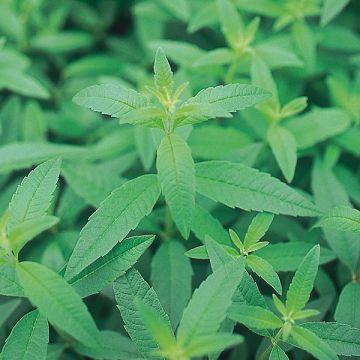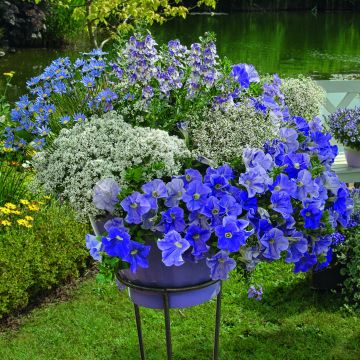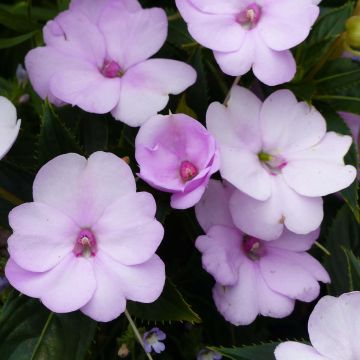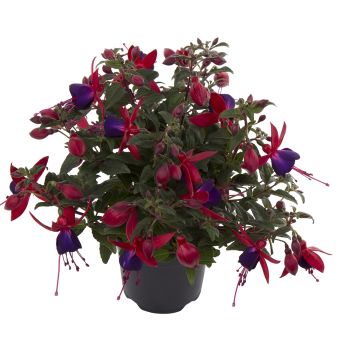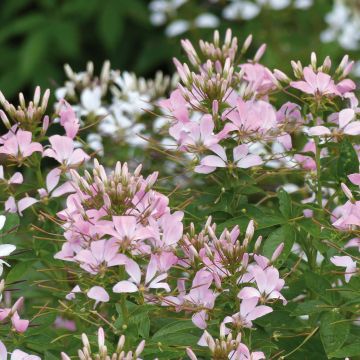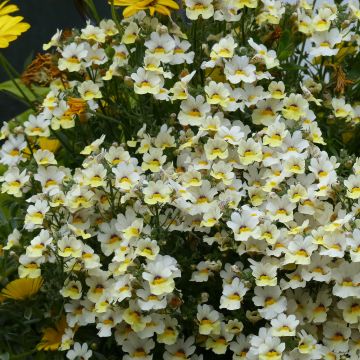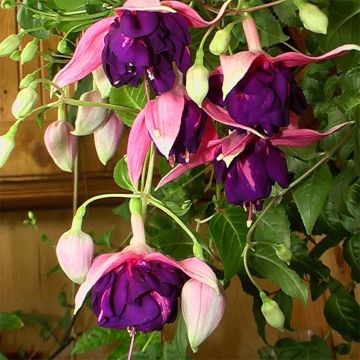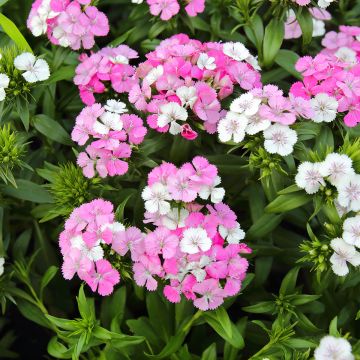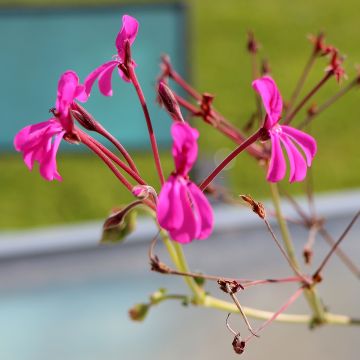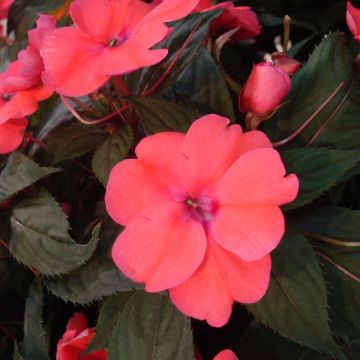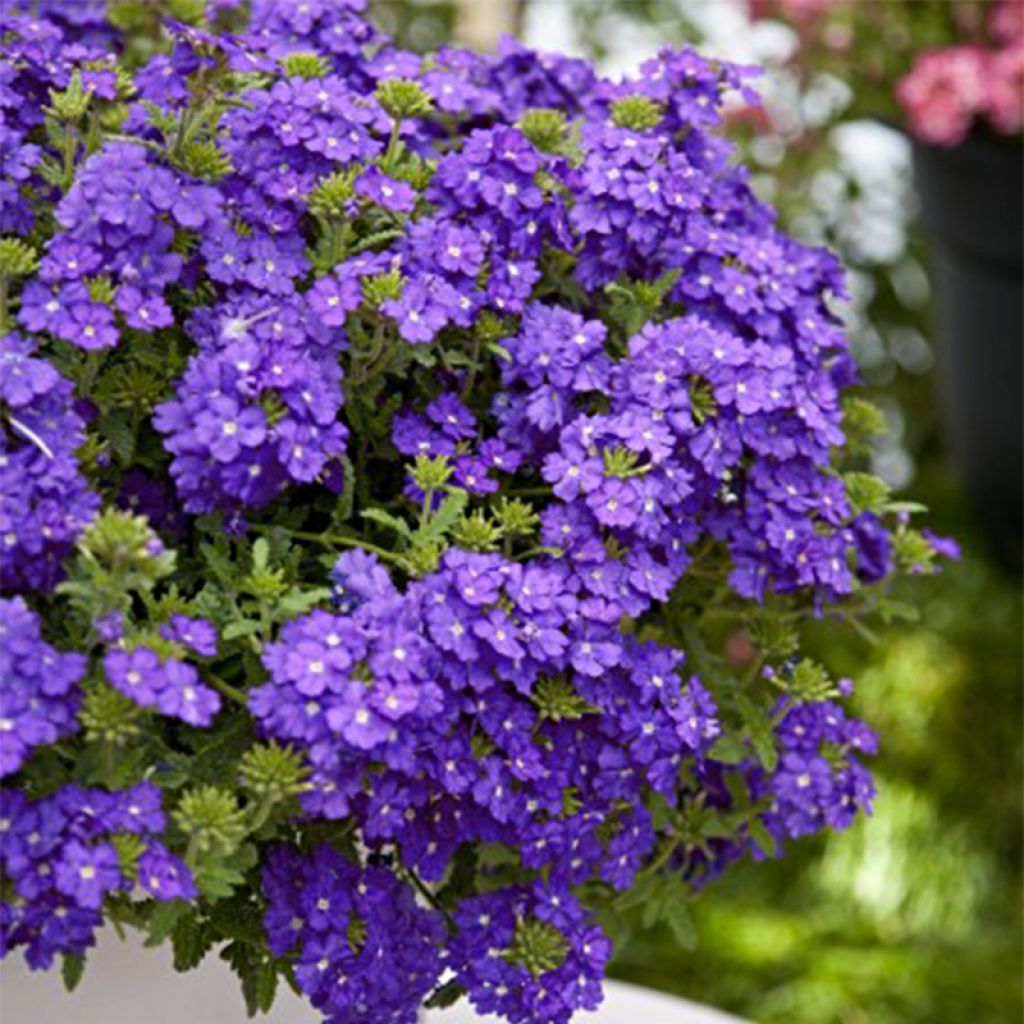

Verbena Vepita Pearl Blue
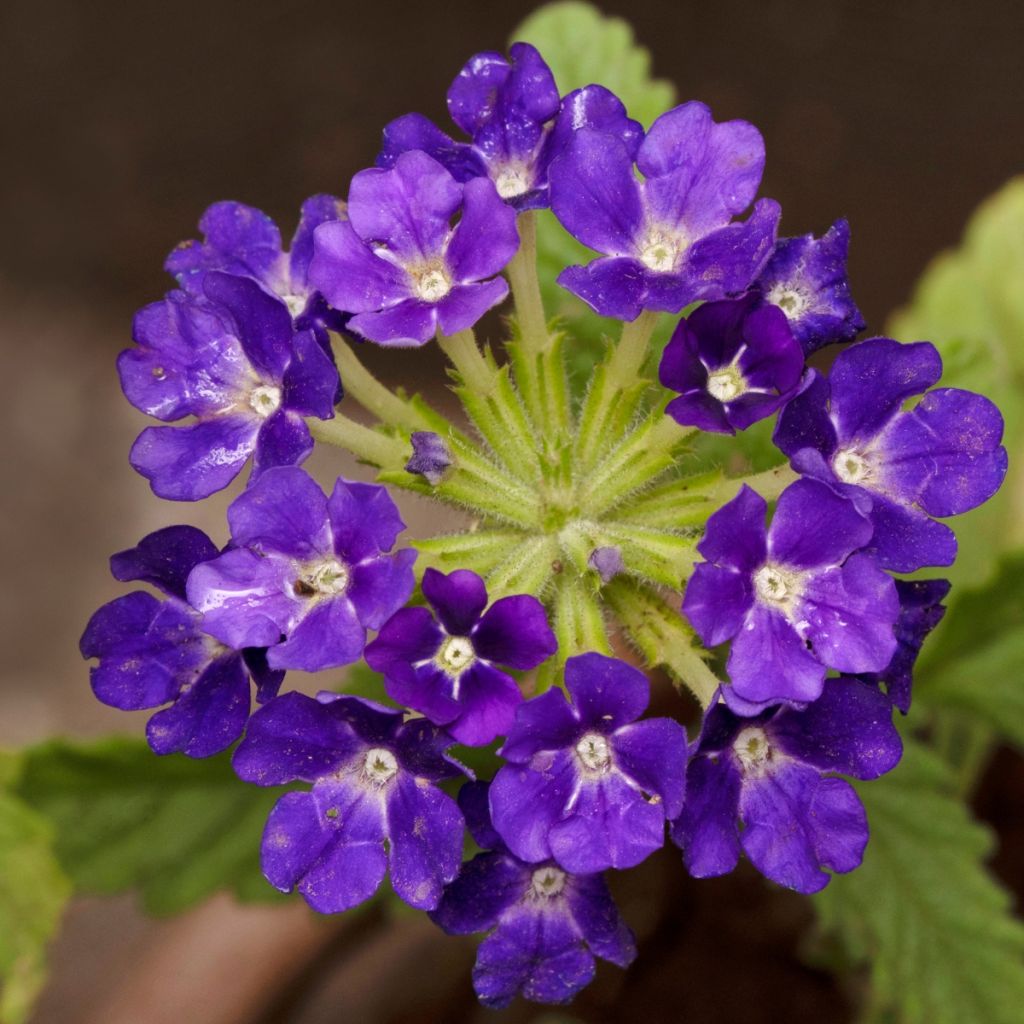

Verbena Vepita Pearl Blue
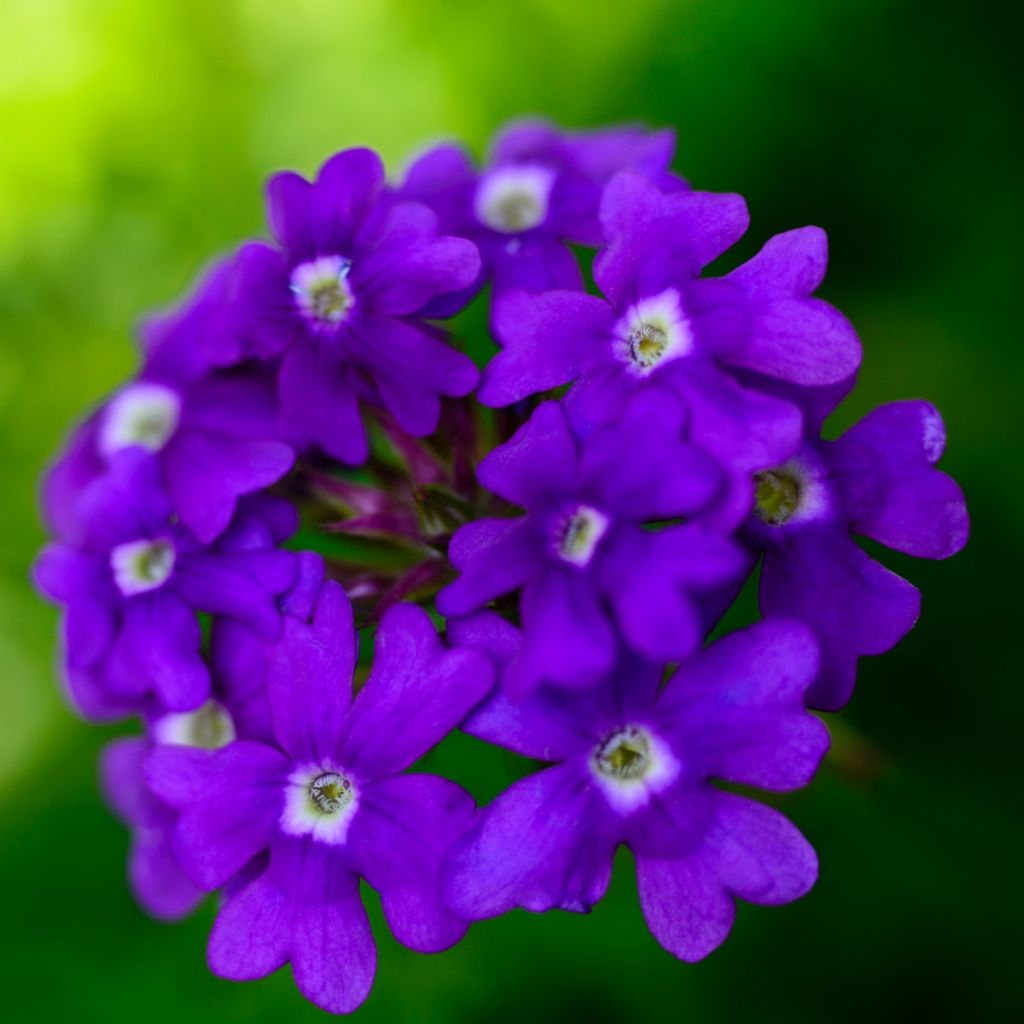

Verbena Vepita Pearl Blue
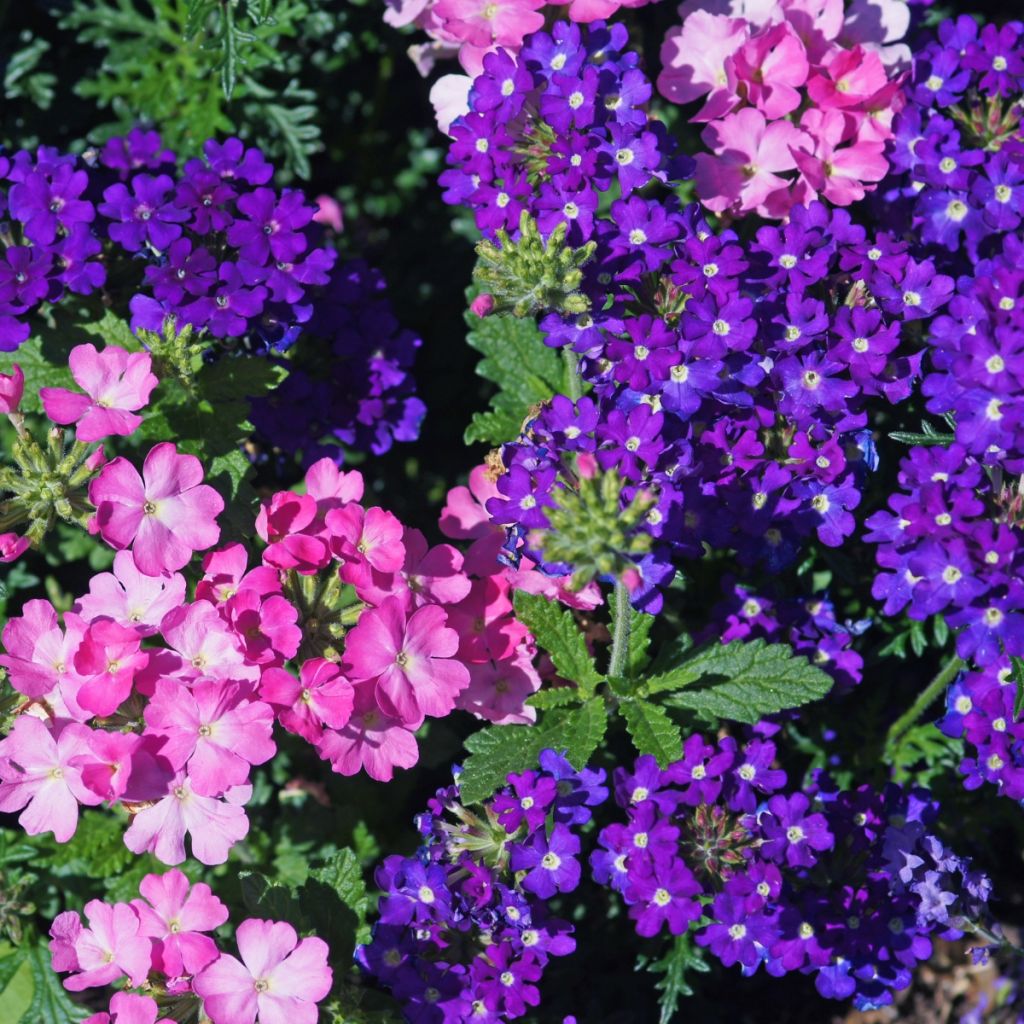

Verbena Vepita Pearl Blue
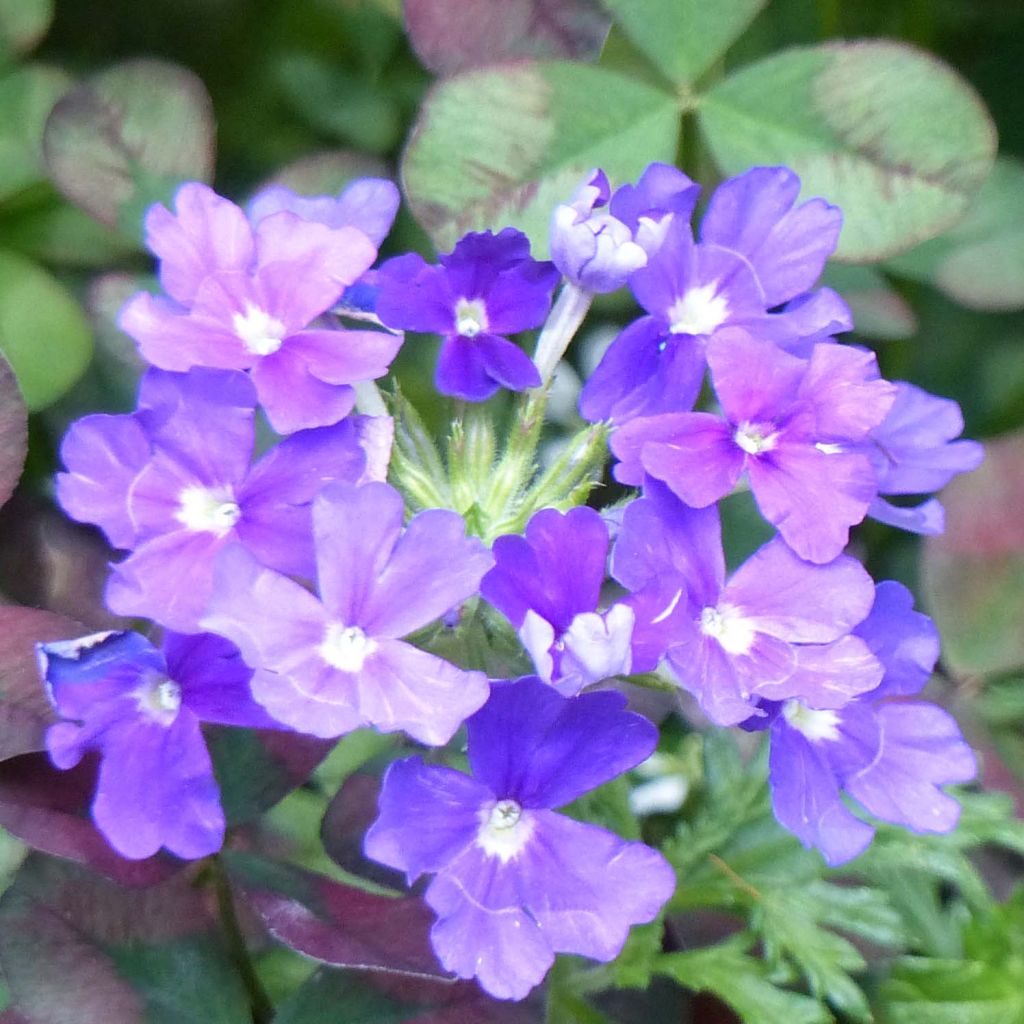

Verbena Vepita Pearl Blue
Verbena Vepita Pearl Blue
Verbena hybrida Vepita Pearl Blue
Florist's verbena
The pearl blue verbenas I received have a rather pale mauve or very pale blue bloom, nothing like the deep blue colour described! Was there a packaging and labelling mistake?
Mathias, 22/04/2020
This item cannot be shipped to the selected country
Delivery charge from €5.90
More information
Schedule delivery date,
and select date in basket
This plant carries a 6 months recovery warranty
More information
We guarantee the quality of our plants for a full growing cycle, and will replace at our expense any plant that fails to recover under normal climatic and planting conditions.
From €5.90 for pickup delivery and €6.90 for home delivery
Express home delivery from €8.90.
Does this plant fit my garden?
Set up your Plantfit profile →
Description
Verbena 'Vepita Pearl Blue' is part of a new generation of selected hybrid verbenas known for their naturally compact, bushy, and trailing habit, as well as the vibrancy of their colours. From summer to autumn, it bears purplish-blue flowers, a rare hue among these plants. It is vigorous and heat-resistant, requiring little water. This lovely annual plant is one of the best choices for decorating patios and balconies. It is also charming in sunny flower beds and rock gardens.
Verbena 'Vepita Pearl Blue' belongs to the Verbenaceae family and is a horticultural hybrid whose ancestors inhabited the warm regions of South America. This plant forms a compact, slightly trailing, and somewhat stout clump, measuring 25 to 30cm (10 to 12in) in height and spreading about 35 to 45cm (14 to 18in). It tirelessly produces flexible, upright stems that bear dense, round clusters of tiny, dark blue flowers with a hint of purple and a small white centre, resembling those of phlox. The faded flowers drop off on their own, reducing the plant's maintenance to a minimum. The foliage is dark green and its leaflets are wider than those of classic varieties. This perennial plant cannot withstand frost and is grown as an annual in our climate.
Garden verbenas are truly easy plants to grow, suffering more from excess water and nutrients than from occasional neglect. They overflow from hanging baskets, and slip between other upright plants in pots or planters, concealing their base without suffering from their presence. They are also beautiful in rockeries and on banks, quickly filling in the spaces left by damage caused by a harsh winter. Create a beautiful, colourful hanging display by combining it with a blood-red pelargonium, a purple-leaved ipomoea, and a heat-resistant white lobelia.
Our young plug plants are professional products reserved for experienced gardeners. Upon receipt, transplant and store them in shelters (veranda, greenhouse, cold frame) at a temperature above 14°C (57.2°F) for a few weeks before being planted outdoors once the risk of frost has passed.
Report an error about the product description
Verbena Vepita Pearl Blue in pictures
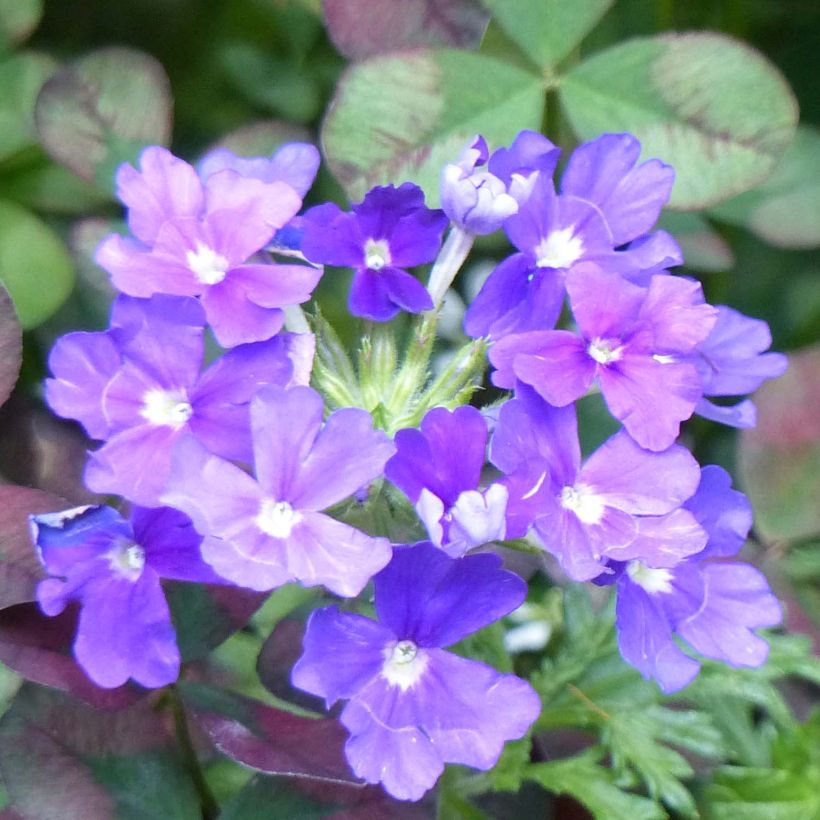

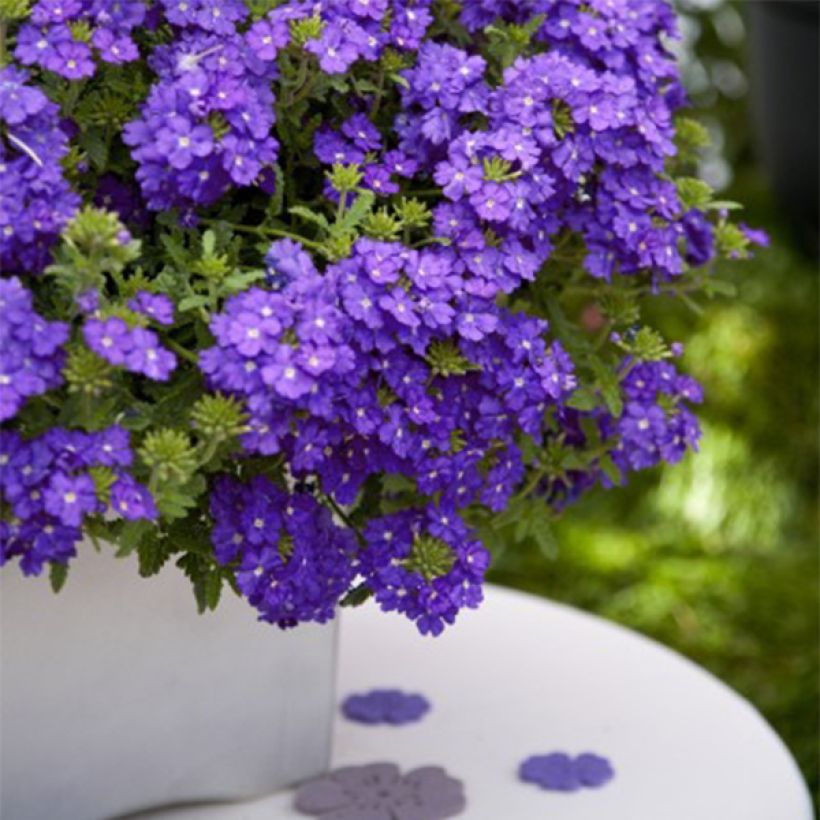

Flowering
Foliage
Plant habit
Botanical data
Verbena
hybrida
Vepita Pearl Blue
Verbenaceae
Florist's verbena
Cultivar or hybrid
Other Annual Verbena
Planting and care
Plant in a sunny position. They require light and humus-rich soil, and appreciate a moderate supply of fertiliser and water. They tolerate rather dry soil quite well. You can plant your verbenas in pots, hanging baskets, or flower boxes. In pots, they should be regularly watered, without excess, letting the surface dry between two waterings.
They are fragile perennials that are usually grown as annuals. You can bring them indoors at the first sign of frost to extend their flowering period during autumn and winter. Outdoor cultivation is possible by the seaside, by mulching well in winter and protecting the stump from moisture with plastic.
Prune lightly in March.
Planting period
Intended location
Care
-
, onOrder confirmed
Reply from on Promesse de fleurs
Plug plants - Annuals
Haven't found what you were looking for?
Hardiness is the lowest winter temperature a plant can endure without suffering serious damage or even dying. However, hardiness is affected by location (a sheltered area, such as a patio), protection (winter cover) and soil type (hardiness is improved by well-drained soil).

Photo Sharing Terms & Conditions
In order to encourage gardeners to interact and share their experiences, Promesse de fleurs offers various media enabling content to be uploaded onto its Site - in particular via the ‘Photo sharing’ module.
The User agrees to refrain from:
- Posting any content that is illegal, prejudicial, insulting, racist, inciteful to hatred, revisionist, contrary to public decency, that infringes on privacy or on the privacy rights of third parties, in particular the publicity rights of persons and goods, intellectual property rights, or the right to privacy.
- Submitting content on behalf of a third party;
- Impersonate the identity of a third party and/or publish any personal information about a third party;
In general, the User undertakes to refrain from any unethical behaviour.
All Content (in particular text, comments, files, images, photos, videos, creative works, etc.), which may be subject to property or intellectual property rights, image or other private rights, shall remain the property of the User, subject to the limited rights granted by the terms of the licence granted by Promesse de fleurs as stated below. Users are at liberty to publish or not to publish such Content on the Site, notably via the ‘Photo Sharing’ facility, and accept that this Content shall be made public and freely accessible, notably on the Internet.
Users further acknowledge, undertake to have ,and guarantee that they hold all necessary rights and permissions to publish such material on the Site, in particular with regard to the legislation in force pertaining to any privacy, property, intellectual property, image, or contractual rights, or rights of any other nature. By publishing such Content on the Site, Users acknowledge accepting full liability as publishers of the Content within the meaning of the law, and grant Promesse de fleurs, free of charge, an inclusive, worldwide licence for the said Content for the entire duration of its publication, including all reproduction, representation, up/downloading, displaying, performing, transmission, and storage rights.
Users also grant permission for their name to be linked to the Content and accept that this link may not always be made available.
By engaging in posting material, Users consent to their Content becoming automatically accessible on the Internet, in particular on other sites and/or blogs and/or web pages of the Promesse de fleurs site, including in particular social pages and the Promesse de fleurs catalogue.
Users may secure the removal of entrusted content free of charge by issuing a simple request via our contact form.
The flowering period indicated on our website applies to countries and regions located in USDA zone 8 (France, the United Kingdom, Ireland, the Netherlands, etc.)
It will vary according to where you live:
- In zones 9 to 10 (Italy, Spain, Greece, etc.), flowering will occur about 2 to 4 weeks earlier.
- In zones 6 to 7 (Germany, Poland, Slovenia, and lower mountainous regions), flowering will be delayed by 2 to 3 weeks.
- In zone 5 (Central Europe, Scandinavia), blooming will be delayed by 3 to 5 weeks.
In temperate climates, pruning of spring-flowering shrubs (forsythia, spireas, etc.) should be done just after flowering.
Pruning of summer-flowering shrubs (Indian Lilac, Perovskia, etc.) can be done in winter or spring.
In cold regions as well as with frost-sensitive plants, avoid pruning too early when severe frosts may still occur.
The planting period indicated on our website applies to countries and regions located in USDA zone 8 (France, United Kingdom, Ireland, Netherlands).
It will vary according to where you live:
- In Mediterranean zones (Marseille, Madrid, Milan, etc.), autumn and winter are the best planting periods.
- In continental zones (Strasbourg, Munich, Vienna, etc.), delay planting by 2 to 3 weeks in spring and bring it forward by 2 to 4 weeks in autumn.
- In mountainous regions (the Alps, Pyrenees, Carpathians, etc.), it is best to plant in late spring (May-June) or late summer (August-September).
The harvesting period indicated on our website applies to countries and regions in USDA zone 8 (France, England, Ireland, the Netherlands).
In colder areas (Scandinavia, Poland, Austria...) fruit and vegetable harvests are likely to be delayed by 3-4 weeks.
In warmer areas (Italy, Spain, Greece, etc.), harvesting will probably take place earlier, depending on weather conditions.
The sowing periods indicated on our website apply to countries and regions within USDA Zone 8 (France, UK, Ireland, Netherlands).
In colder areas (Scandinavia, Poland, Austria...), delay any outdoor sowing by 3-4 weeks, or sow under glass.
In warmer climes (Italy, Spain, Greece, etc.), bring outdoor sowing forward by a few weeks.

































